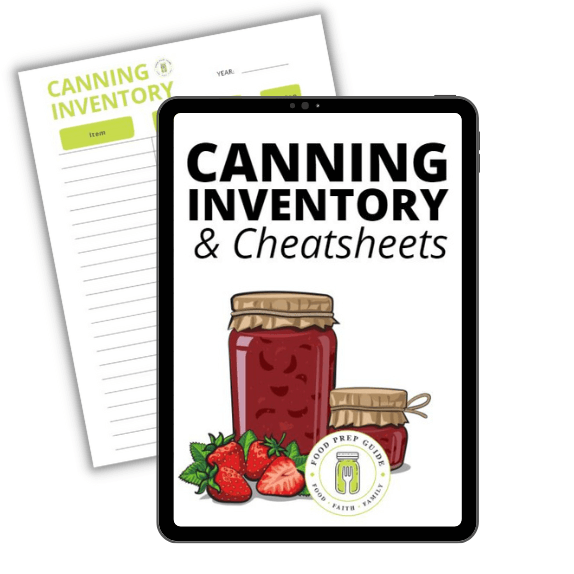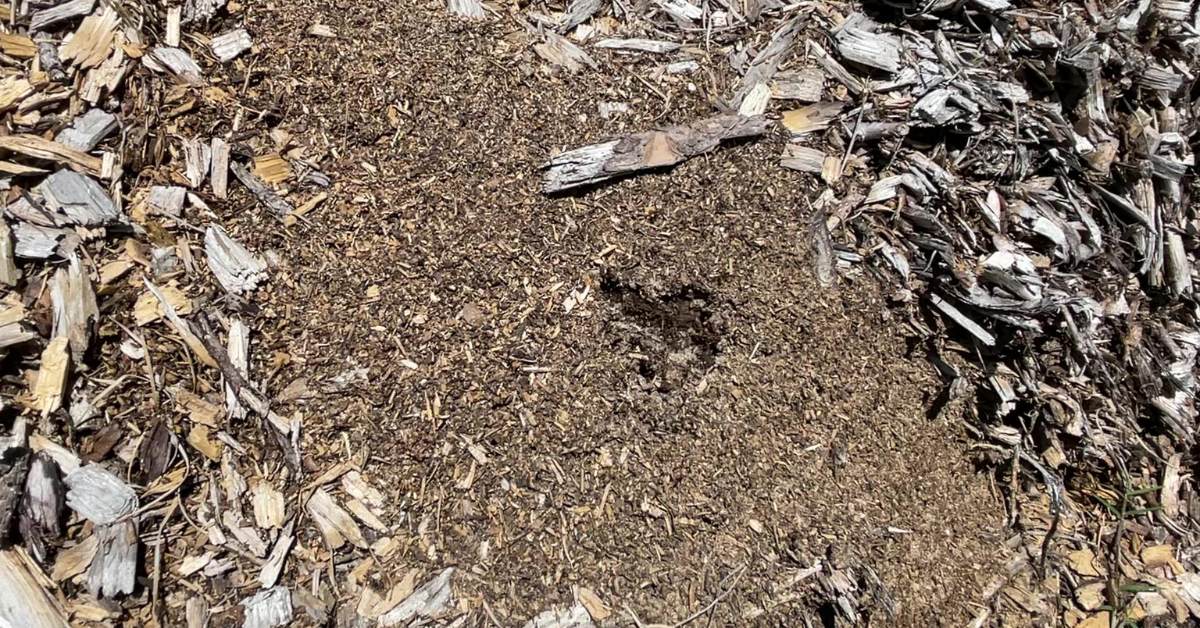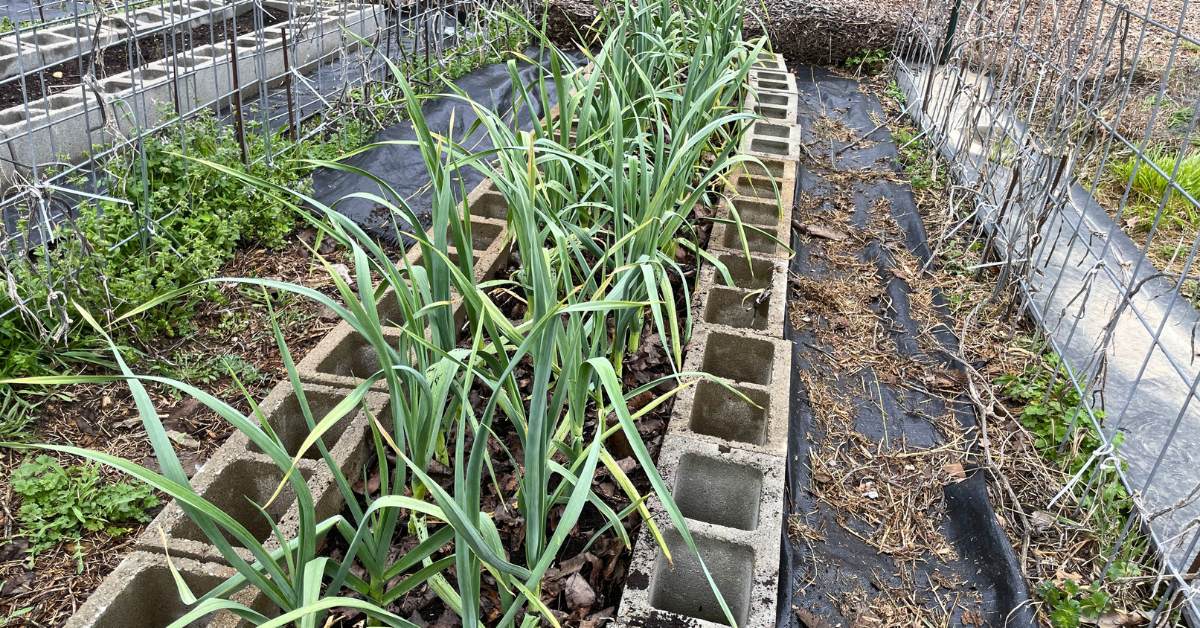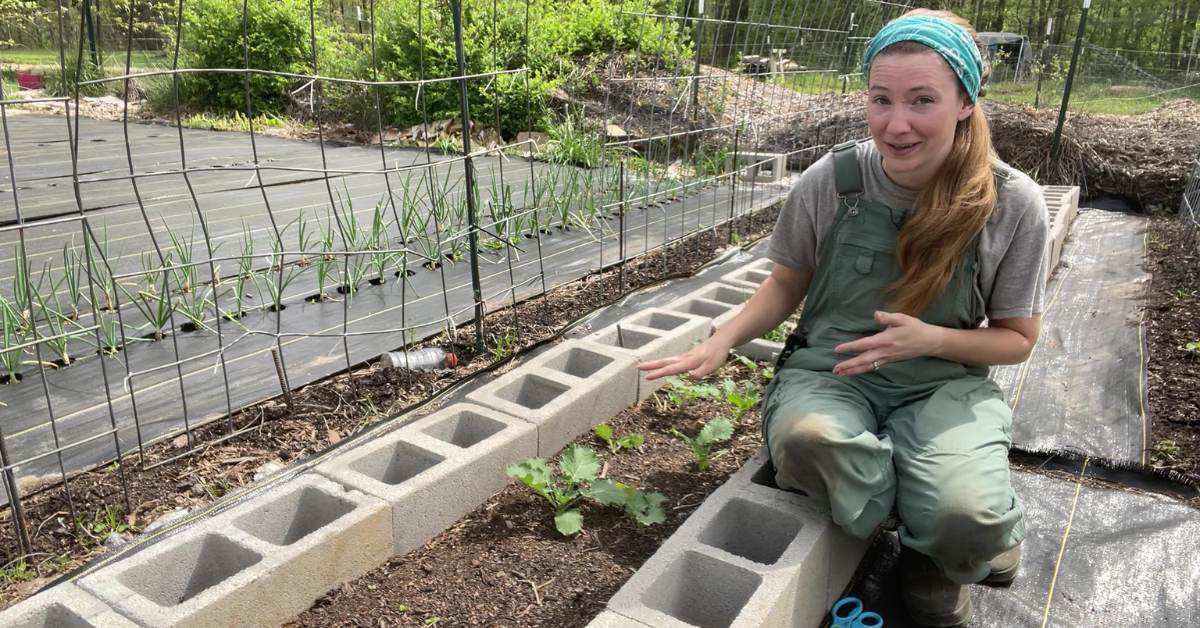So yesterday was a productive day. The kids and the new puppy (and the husband!) all cooperated, and you were able to accomplish putting up a nice harvest of tomatoes.
You even managed to get the kitchen totally cleaned up after!
Now all that’s left to do is check those seals, remove the bands, and bless your downstairs pantry with jars and jars of bright red, delicious, homemade tomato sauce.
But wait…what’s this?
Uh-oh, your jars leaked during processing. What do you do now, and why did it happen?
What Is Siphoning As It Relates to Canning?
More than likely, you’ve just experienced what’s known as “siphoning.” Siphoning occurs when the contents of your newly canned jars are drawn out (or pushed out) during the sealing process.
In fact, it is a common cause of false seals when canning.
If you’ve ever had greasy jars after pressure canning, then you’ve experienced siphoning. Or, if you’ve canned jams or jellies and were left with sticky jars, siphoning is the culprit.
Siphoning is one of the main causes of liquid loss in canning jars. Fortunately, it’s not harmful —usually—just super annoying.
What Causes Siphoning in Canning?
The first time this happened to me, I was shocked. Since several subsequent canning sessions went fine, I assumed it was a fluke. But then it happened again.
It only took two canning projects before I hopped on my phone and searched, “Why do I lose liquid when canning?”
Turns out, siphoning does, indeed, sometimes seem to be a “fluke.” Despite your best efforts, it can happen.
It can be caused by extreme temperature variations, air bubbles, insufficient (or too much) headspace, fluctuating pressure, and the misalignment of the sun and the moon.
Okay, that last reason is a joke.
Sometimes we just don’t know why this particular batch of jars decided to act up, although it does seem more common in pressure canned food and when preserving fruit or tomatoes.
However, there are a few ways to minimize the chances of losing some of that tasty food you worked so hard to preserve, and we’ll talk about them in a minute.

The Effects of Siphoning
In general, siphoning does not ruin canned food. There is one caveat, however, which we’ll discuss in the next section.
It may lessen the shelf life since the headspace has increased. It’s also possible that if solid chunks settle above the liquid line, they may darken and not look as magazine-worthy as you had hoped.
But even if photos of your homegrown bounty never grace the pages of Better Homes and Gardens, it’s still perfectly safe to eat. Not only that, its taste and texture should be fine.
That said, it’s a good idea to rotate this food to the front of your stock to consume it before it really takes on an unappetizing appearance.
Is Siphoning Bad? When Liquid Loss Becomes an Issue
Siphoning is actually pretty normal when canning and, as previously mentioned, there are a few ways to mitigate it.
But before we talk about that, I want to point out that losing liquid in your canned food can sometimes be harmful, whether it’s due to siphoning or another reason.
If the liquid in your jar drops by half or more, don’t put it on your pantry shelf. It’s not ruined, but it’s no longer safe to assume it’s shelf stable.
Instead, break the seal and put it in your refrigerator to eat within 3 days. Alternatively, you can go ahead and freeze it after breaking the seal.
Just remember, liquid loss up to 50% is still acceptable as long as the jar has sealed.
How Do I Stop My Jars From Siphoning?
Nobody wants to lose a drop of his or her home-preserved foods. We don’t haul out the canner and subject ourselves to steam-induced frizzy hair for fun, right? 🙂
So, to avoid losing any of your food, here’s how to reduce the chance of siphoning when canning.
- Number one, only use tried-and-true, time-tested canning recipes. I’m reiterating this here, even though this is true whether you care about siphoning or not.
- Be sure to leave the amount of headspace specified in the recipe. Headspace is important, and the specifications are there for a reason.
- Remove air bubbles. There are tools for this, but running a rubber scraper around the inside of the jars should help break these up. While the presence of air bubbles may not contribute directly to siphoning, they do affect the amount of liquid you think is in the jar. So, get rid of them before canning just to verify you have the amount of liquid and headspace required.
- Avoid extreme temperature fluctuations. It’s a good idea to let them sit for 5-10 minutes before moving them to the counter.
- Hot pack food whenever possible, or at least warm up raw food to avoid abrupt temperature differences.
- If using a pressure canner, follow the pressure recommendation in the recipe and don’t allow abrupt pressure changes. Maintain a steady rocking motion during processing. Then be patient when removing the jars. Once the pressure comes down to absolute zero, remove the weight and let the canner rest for 5-10 minutes. Then, remove the lid and wait 10 more minutes before removing the jars. If using a digital pressure canner, you won’t have to monitor such changes.
Prices pulled from the Amazon Product Advertising API on:
Product prices and availability are accurate as of the date/time indicated and are subject to change. Any price and availability information displayed on [relevant Amazon Site(s), as applicable] at the time of purchase will apply to the purchase of this product.
It also might help to pray a little. Kidding (not kidding).
Unless you can purely for the joy of a steamy kitchen on a hot summer day, it can be irritating to lose any of your canned goods in the process.
Hopefully you can prevent at least some of the loss by taking preventative steps as discussed above.
However, even if your jars leaked during processing, just know that some liquid loss during canning is completely normal.
It’s known as siphoning, and it is caused by a number of factors. As long as your liquid loss is less than 50%—and as long as you followed proper canning procedures—the food is still safe to eat.
FREE FOOD STORAGE PLAN!

Does gathering and storing a year’s worth of food for your family seem overwhelming and unachievable?
Make it easy with our step-by-step plan. Subscribe to our weekly newsletter & we’ll send it to you FREE!











I’ve canned for years and didn’t know there was a term for this nor what causes it! However, you mentioned sticky jars. If the liquid seeps out of the jars I so carefully wiped off, wouldn’t that stick get between the lid and the glass and prevent sealing?
Siphoning can prevent a jar from sealing and is perhaps the #1 cause of failed seals. But, if your jar sealed properly, then there wasn’t enough residue on the glass to prevent the seal. Does that make sense?
After canning some spaghetti sauce in pressure canner I noticed a
small amount of red liquid in the water of the canner tub. Is this also known as siphoning? The jars all appeared clean and sealed.
I seem to have the biggest problem getting the ring on “Finger tight”. I just don’t seem to understand it. Help please?
Thank you
I understand. It just means that you don’t screw the ring on all the way. You want it to remain a little loose so air can escape during the canning process … but also not SO loose that the ring falls off the jar during the canning process.
Essentially, you screw the ring on until you feel resistance, then go just a quarter-turn more.
Does that make sense?
Yes, thank you, but the quarter turn puzzles me. A quarter of what please?
Linda
Hi, Linda. Look at the top of your jar lid. Divide it visually in fourths. Think of it as the face of a clock. Envision 12:00 at the top of the lid, 3:00 at the right, 6:00 at the bottom and 9:00 on the left. You have divided the circle into fourths (or quarters). So an extra quarter turn would be an amount equivalent to 12 to 3, or 3 to 6, or 6 to 9, or 9 to 12.
Hope this helps.
What a wonderful description! ❤️